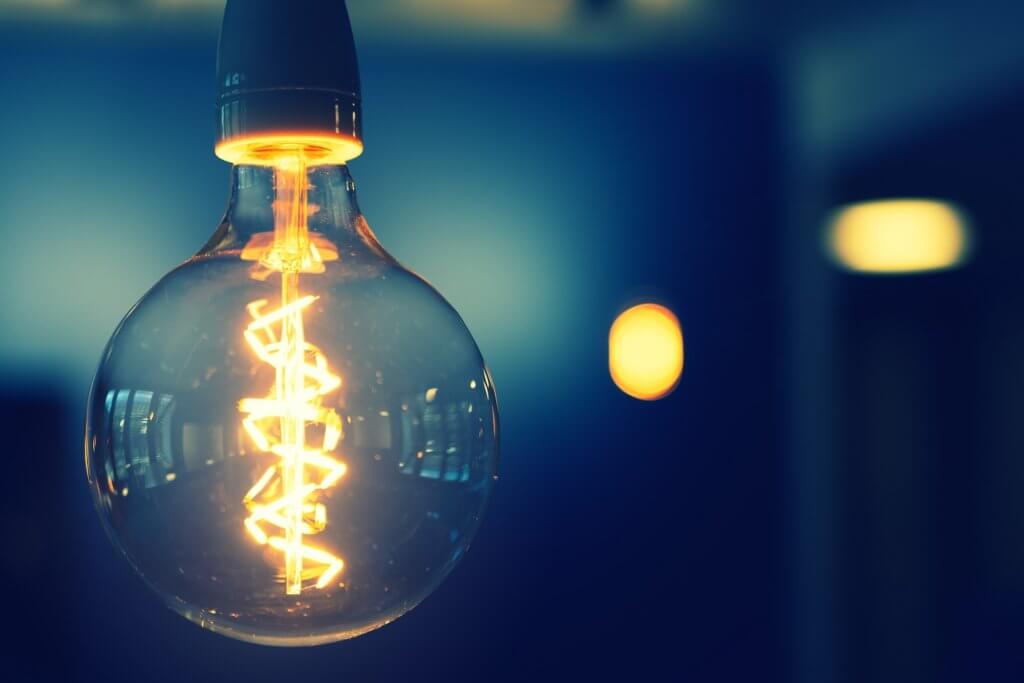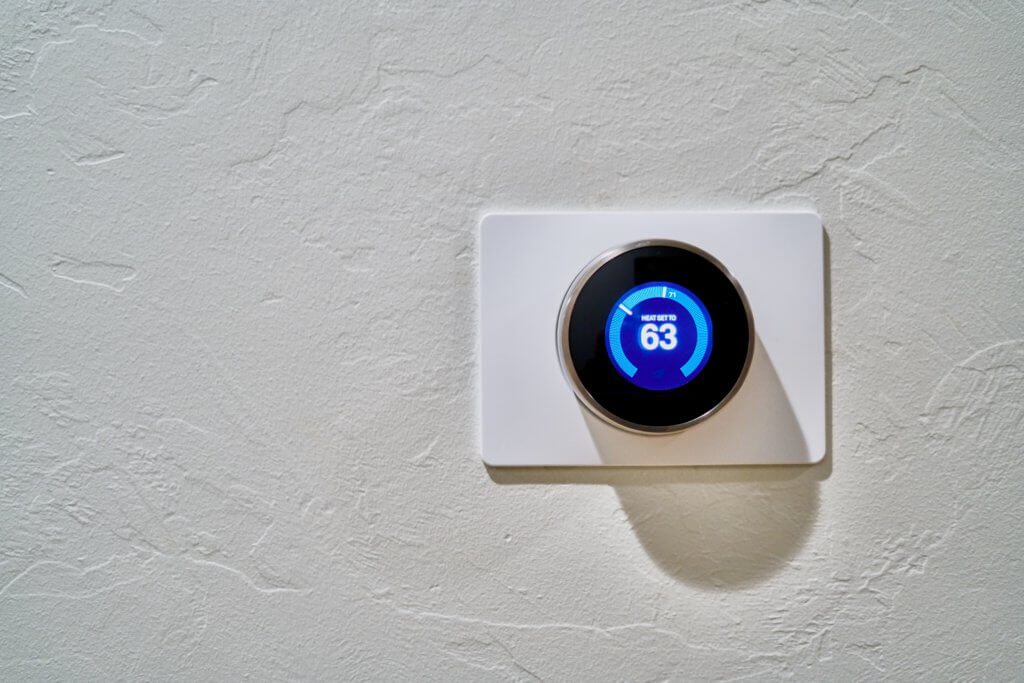Your home has a bigger environmental footprint than it should. Or at least, it’s a pretty safe bet unless you’re living in an “earthship” in the middle of Arizona or something.
But for most of us, efficiency is a balance.
We enjoy the comforts of an electronically-integrated home while still trying to find ways to minimize our impact. Luckily, there are plenty of ways to do that even while living a good life.
But it takes a little bit of effort and a little research. That’s why we’ve done the legwork for you. Here are several ways you can create a more energy-efficient environment for your eHome:
Removing Electronic Waste
If you’re creating an eHome full of electronics that will help you in your daily life, one of the most important things you need to be aware of is how to dispose of them as they age out.
Electronic waste is a huge issue, as planned obsolescence runs on a faster and faster cycle each year. Though home technology moves a little slower than something like a smartphone, keeping a home on the cutting edge generates a lot of e-waste as key components age out. Though it’s regulated, only 29 percent of all e-waste was recycled in 2012, with the rest being thrown into the garbage. One solution to slow the amount of e-waste is to address the issue on the right to repair, covered in this article here.
E-waste is not only bad for the environment, it’s a huge waste of precious materials that could be used in further electronics manufacturing. Take rare earth minerals, for instance. They’re tied specifically to a very few locations around the world, and they’re hard to get at.
Recycling methods now coming online will enable recyclers to remove these metals after they’ve already been used instead of solely relying on new sources.
As you might surmise from this, recycling your old electronics is one of the biggest keys to your overall environmental impact. Energy efficiency is important for that, but e-waste is a forgotten problem that you have to address if you’re trying to make your home more efficient.
You can’t just throw it in the regular recycling, either. There are ways to get rid of old electronics that keep them from winding up in a landfill, but it might take a little legwork. Consider donating your smartphone to a charity.
Some stores have bins that allow you to dump electronic waste. These bins are taken away by recycling companies, which then recycle what they can out of what you’ve left behind. Some recycling facilities also take e-waste.
One of the best resources to find out where you can dump your e-waste is the Telecommunications Industry Association, which runs a website dedicated to finding recyclers near you. If you don’t know where to go, it’s a great first step. Just click your state and find out who’s nearby.
When you replace a router or an Echo or a smartphone, don’t just dump it in the trash. Take the time to recycle it correctly. It means less energy spent removing rare metals from the ground, less electronics in landfills and less contribution to the global trash problem.
The Importance of Lower Energy Usage
The biggest step you can take in creating an energy-efficient environment for an eHome is to cut down on your total energy usage. On average, an American home uses 867 kWh of power per month. You can cut that back with a few simple fixes, and it doesn’t take a ton of effort.
Though some electricity in the United States and other countries comes from renewable sources, a lot is still created the old-fashioned way through coal-fired or natural gas plants.
Some also comes from nuclear sources, and though nuclear power is much more environmentally friendly in its production than comparable coal plants, it produces highly toxic waste that has to be specially disposed of.
The less power we use, the better off we are over the long run since we’re not burning up all the fossil fuels that have been made available to us, especially as much of the extraction of these resources has begun to move to more environmentally-unfriendly methods like fracking or open strip mining.
Energy efficiency doesn’t just end at the wall outlet. It means cutting demand, period. Even a Tesla has an environmental footprint…it just isn’t as obvious as the black smoke pouring out of your tailpipe. Unless your home runs on 100 percent renewable energy, you’re still probably using fossil fuels for power.
If you’re trying to build an efficient eHome, you have to consider both behavior and tools. Do you have the right energy-efficient gadgetry for your home to ensure you’re using energy effectively? And are you taking the steps you need to for efficiency?
We understand that you’re probably not trying to build a mud house in the middle of the desert. You’re creating an eHome, after all. You can make your home more efficient without compromising ease of use or convenience.
Lightbulbs
Let’s go back to that 867 kWh figure. That’s how much electricity an average American home burns in a month. That breaks down to roughly 28.9 kWh per day. If you’re using a single 100W incandescent bulb for 10 hours, that’s one kWh. What about a whole house full of them?
Incandescent bulbs are being phased out, and there’s a reason. They’re just not that energy-efficient. They’re mostly being replaced by compact fluorescent (CFL) and LED bulbs, which can provide similar amounts of light without the same current draw.
If you haven’t switched over to these bulbs yet, there are a lot of reasons to. Lower current draw is only one. They also last longer, and they fit into the same sockets that already exist in most houses.
If you want to go a step further, there are some great lightbulbs that are compatible with smart home systems. Someone building an eHome probably has a central hub for their smart home devices, but if you don’t, there are plenty of standalone bulbs that are controllable through Bluetooth and Wi-Fi.
Depending on the bulb they can be programmed to come on when you come in the room, change colors, turn on or off when you’re away from home and plenty of other functions all through your voice or your smartphone.
With these bulbs, you can monitor your energy consumption more closely too. Some allow you to see what sort of current they’re drawing. And of course, even if you don’t have all CFL or LED bulbs or don’t want to spring for the smart home lights, you still have the option of turning the lights off when you’re not in the room.
Idle Electronic Devices
The United States consumes the equivalent of 12 power plants’ worth of electricity per year on just idling electronic devices.
Just think about that for a second. All those times you left the computer on overnight, or didn’t unplug the iPad after it charged. All those smart appliances you’ve kept running. That’s 12 power plants worth of just vampire power.
You can save a significant amount of energy just by doing one simple thing with your electronic devices: turn them off when you’re not using them. There are few reasons not to do it now.
Smartphones can control the vast majority of the devices in the home, and you can do most of the functions you used to need a desktop for from the palm of your hand. Your home theater system might take a bit longer to start from cold boot …
Big deal.
Your computer probably has a solid-state drive that allows it to boot in record time, so you don’t have to worry about that. Cutting power to your nonessentials is painless.
Why wouldn’t you do it?
The only exception would be things that are essential to keeping your eHome running, like your router, your thermostat and other important devices. Aside from that, turn them off.
Smart Thermostats
Heating and cooling are among the most energy-intensive tasks you can ask of your home. Setting the thermostat to one temperature when you’re home and another when you’re away is a time-honored efficiency trick. But what if you could control it automatically?
Smart thermostats are your biggest allies in the quest to build an energy-efficient home. They not only learn your patterns, follow programming and adjust temperature for maximum efficiency, they also allow you to control them from outside the house.
If you’re trying to cut back on energy usage, one of these is a great place to start.
Your eHome is a technological marvel, filled with equipment that would have been unheard of even a generation ago. You don’t have to live off the grid to cut back on your energy usage. With smart behavior changes and the right equipment you can change your eHome to become more energy-efficient. And you can do it today.
If you’re having any trouble setting up any of these devices to make your home more efficient, feel free to contact HelpCloud Technicians for remote support. We can help you get your home set up so you can live in a more convenient, more efficient, better eHome today.



